Optimal Timing for Bulldozer Service
Scheduling bulldozer service at optimal times can enhance equipment performance and longevity. Proper timing ensures that maintenance aligns with operational demands and reduces downtime. Regular inspections and servicing during specific periods can prevent costly repairs and improve efficiency.
Perform scheduled inspections and servicing based on hours of operation or calendar periods to maintain optimal performance.
Conduct inspections after heavy use or harsh conditions to identify wear and address issues promptly.
Schedule maintenance before peak usage seasons to ensure equipment readiness and prevent unexpected breakdowns.
Service bulldozers prior to major projects to maximize reliability and efficiency during critical tasks.

Regular inspections prevent unexpected failures.

Post-use servicing ensures longevity.

Preparing for peak seasons reduces downtime.

Ways to make Bulldozer Service work in tight or awkward layouts.
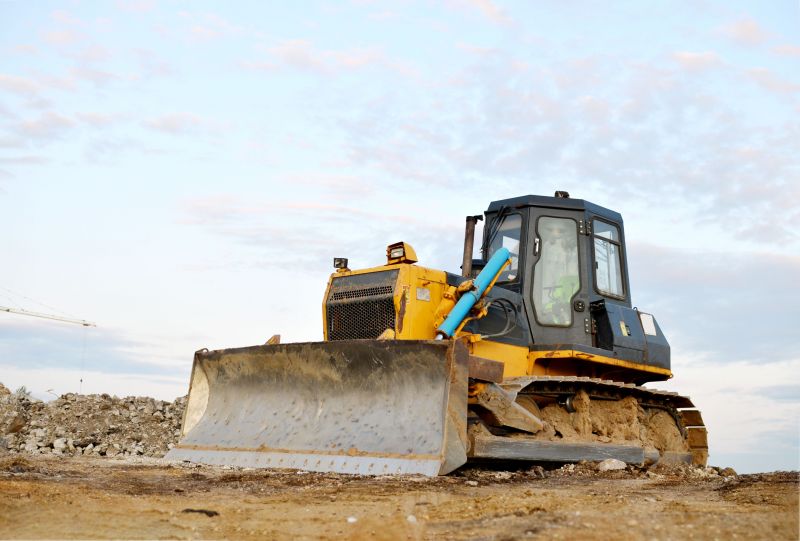
Popular materials for Bulldozer Service and why they hold up over time.
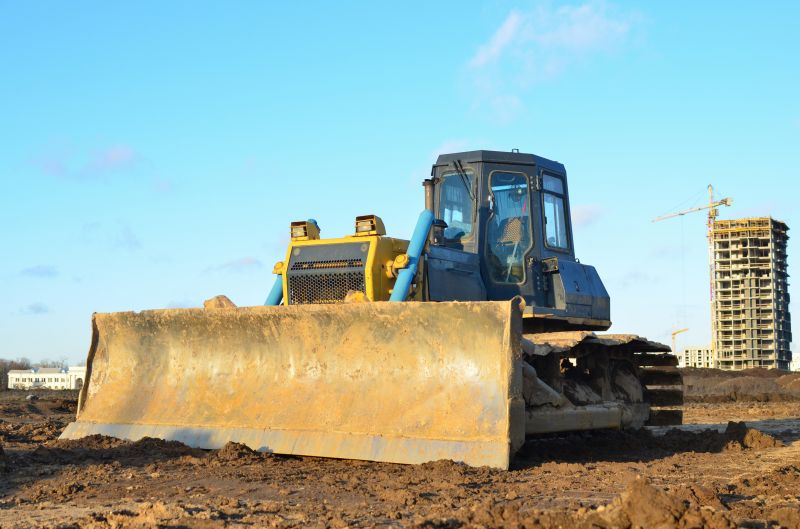
Simple add-ons that improve Bulldozer Service without blowing the budget.
Bulldozer service is essential for maintaining operational efficiency and extending the lifespan of heavy machinery. Proper timing of maintenance activities can prevent costly repairs and reduce downtime. Industry statistics indicate that regular servicing can reduce breakdowns by up to 30%, resulting in significant cost savings over time. Additionally, scheduled maintenance helps ensure safety standards are met and equipment performs at peak efficiency.

Technicians performing routine checks.
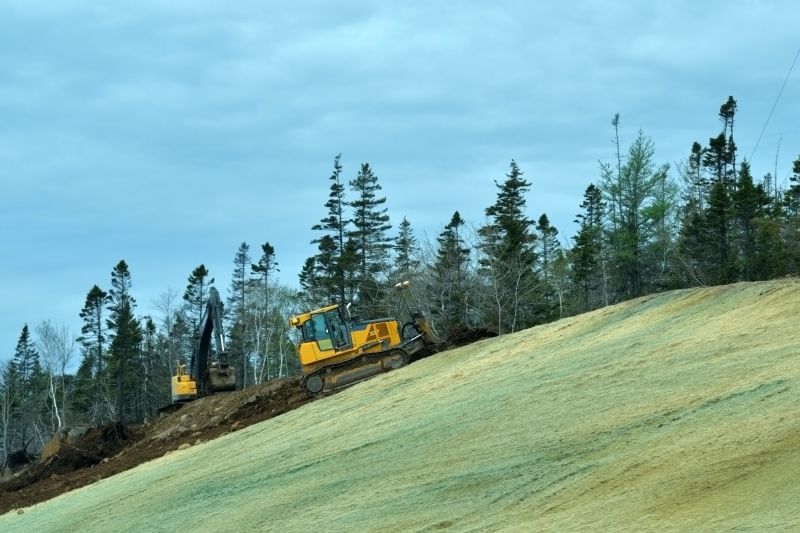
Servicing hydraulic systems and engine components.
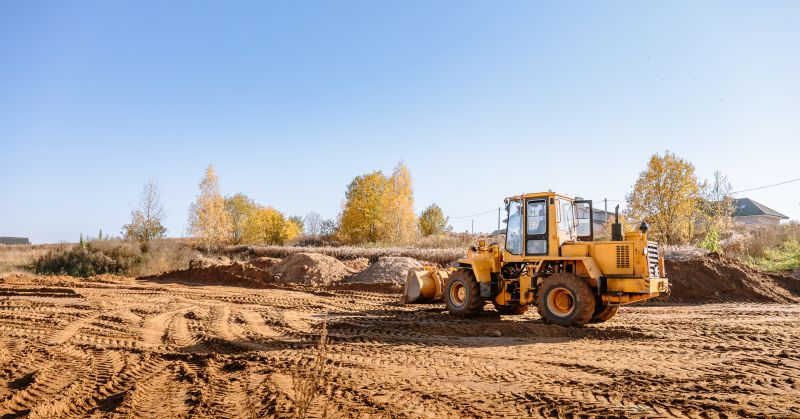
Preparing machinery for upcoming projects.

Identifying wear and replacing parts.

High-end options that actually feel worth it for Bulldozer Service.
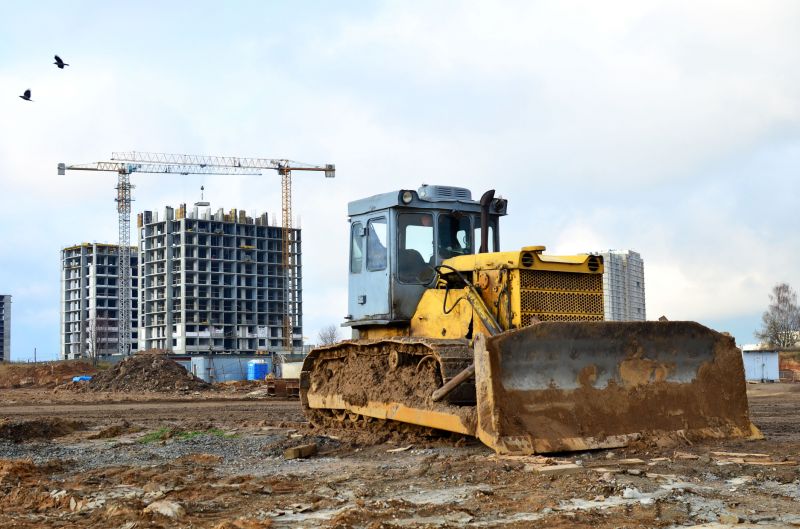
Finishes and colors that play nicely with Bulldozer Service.

Little measurements that prevent headaches on Bulldozer Service day.

A 60-second routine that keeps Bulldozer Service looking new.
| Service Type | Ideal Timing |
|---|---|
| Routine Maintenance | Every 250-500 operating hours or quarterly |
| Post-Heavy Use Inspection | Immediately after intense operations |
| Pre-Season Service | Before peak operational periods |
| Major Overhaul | Every 2000-3000 operating hours |
| Hydraulic System Check | Every 500-1000 hours |
| Engine Tune-Up | Every 1000-1500 hours |
| Track and Undercarriage Inspection | Every 250-500 hours |
| Cooling System Service | Every 1000 hours |



